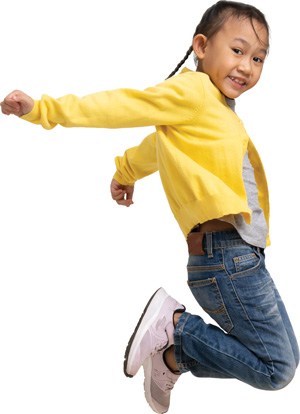
by Lily Derbyshire
AirHop
Outsource and sit back!
Your child’s birthday should be a joyous occasion but it often turns into a significant source of stress due to planning for the big day! From choosing a theme and organising activities and entertainment, to preparing food and cleaning up the aftermath, the to-do list can suddenly feel endless and costs can add up too. The good news is, there is a solution that ensures a memorable and stress-free experience for both parents and children: opting for a venue with dedicated children’s party services. Generally, most activity or play centres will have a range of party packages readily available to suit different requirements and budgets.
One of the biggest advantages of booking a party package at a venue with activity-based facilities is the significant reduction in stress. Planning and hosting a party at home means taking on countless responsibilities such as decorating, organising games, preparing food and drinks and cleaning up, alongside ensuring the party runs smoothly from start to finish. It is easy to see why hosting at home can sometimes seem more like a chore than a celebration.
Additionally, play and activity centres have a range of attractions, activities and trained hosts already in place that aren’t available at home, to ensure guests have an exciting and action-packed party. The truth is, children do not measure the success or value of their party by the hours put in by their parents organising it but how memorable and how much fun they and their friends had. Everyone wants to have the party that children will talk about long after.
By booking a party package at an activity centre, parents can delegate these tasks to experienced party hosts. Many venues handle everything from set up, activities and entertainment, to food and cleaning up, leaving the parents free to focus on what matters most – enjoying the special day with their child. Imagine walking into a fully prepared party, watching activities run effortlessly, and leaving at the end with no mess to clean up. Hosting at an activity centre eliminates the ‘what if’ worries: What if it rains? What if we run out of food? What if the children get bored? With experienced staff and well-equipped facilities, venues are prepared for any scenario. It is not just a party for your child – it is a gift for yourself!
While stress-free planning is a huge win for parents, the real magic of hosting at an activity centre venue lies in the experience it offers the children. Trampoline parks, in particular, are a standout choice. Combining high-energy fun with physical activity, they offer an unforgettable setting that keeps children entertained from start to finish. With wall-to-wall trampolines, giant airbags, dodgeball courts and many other exciting attractions, trampoline parks cater to a wide range of ages and energy levels and are sure to keep the children active.
Beyond being fun, trampolining is a fantastic form of exercise. It is three times more effective than jogging when it comes to burning calories, all while being easier on joints. As the children jump, they will engage multiple muscle groups, improving their balance and coordination and get their hearts pumping – all without even realising they are exercising and far away from any screens!
Trampoline parks provide a safe environment for high-energy play, featuring facilities designed with safety in mind and supervision from trained staff and party hosts to ensure a secure and enjoyable experience for everyone. Guests can engage in physical activity by bouncing around the park, the perfect outlet for their energy. Parents can relax and have a coffee, knowing their children are in safe hands. By the time the party comes to a close, the children will be happily tired from all the excitement.
When it comes to stress-free party packages, AirHop and Jump In Adventure and Trampoline Parks features multiple locations nationwide and a range of party packages designed for all ages, making it easy to plan a celebration that’s stress-free for parents and exciting for the children. AirHop’s party packages include everything you need for a fantastic party: hoptastic jump time, access to private party areas, delicious food options and even a FREE return bounce pass for the birthday child. Visit the www.airhop.co.uk to learn more and book your next party.

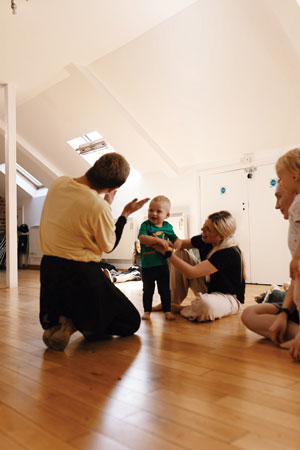

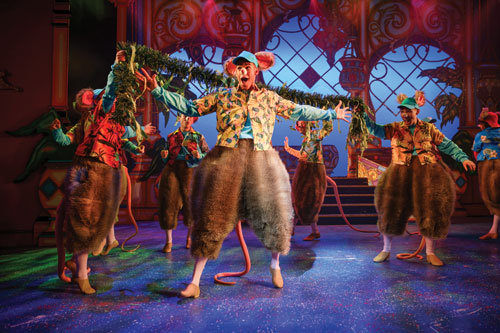
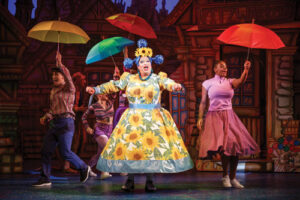 Children’s empathy and emotional intelligence are developed through everyday interaction but they are also nurtured by music, books, and in particular, watching live theatre performances. When watching characters interact on stage, we as the audience connect with them and experience what they are thinking and feeling as if we were thinking or feeling it ourselves – we are practicing how to understand others. Having a safe space to explore difficult emotions is essential to strengthening empathetic muscles and live theatre provides the perfect platform for this. Bill English, founder of the San Francisco Playhouse, states that: “Theatre is like a gym for empathy. It’s where we go to build up the muscles of compassion, to practice listening and understanding and engaging with people that are not just like ourselves. We practice sitting down, paying attention and learning from other people’s actions. We practice caring.”
Children’s empathy and emotional intelligence are developed through everyday interaction but they are also nurtured by music, books, and in particular, watching live theatre performances. When watching characters interact on stage, we as the audience connect with them and experience what they are thinking and feeling as if we were thinking or feeling it ourselves – we are practicing how to understand others. Having a safe space to explore difficult emotions is essential to strengthening empathetic muscles and live theatre provides the perfect platform for this. Bill English, founder of the San Francisco Playhouse, states that: “Theatre is like a gym for empathy. It’s where we go to build up the muscles of compassion, to practice listening and understanding and engaging with people that are not just like ourselves. We practice sitting down, paying attention and learning from other people’s actions. We practice caring.” to the theatre can be a fantastic way of making lasting memories and spending real quality time together. For children (and grownups!) going to see a play feels like something special, something out of the ordinary. Whether it’s the grandeur of the building itself, finding your red velvet seats or begging for a tub of ice cream in the intermission, the experience of going to the theatre is something unique before the play has even begun.
to the theatre can be a fantastic way of making lasting memories and spending real quality time together. For children (and grownups!) going to see a play feels like something special, something out of the ordinary. Whether it’s the grandeur of the building itself, finding your red velvet seats or begging for a tub of ice cream in the intermission, the experience of going to the theatre is something unique before the play has even begun.
 If it’s not possible to escape the colder months here in the UK and jet off to sunnier climes this year, then we might all just need to be a bit more creative in order to make sure we can still enjoy the great outdoors.
If it’s not possible to escape the colder months here in the UK and jet off to sunnier climes this year, then we might all just need to be a bit more creative in order to make sure we can still enjoy the great outdoors.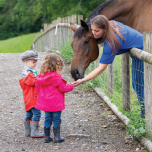 Leave the picnic at home
Leave the picnic at home









